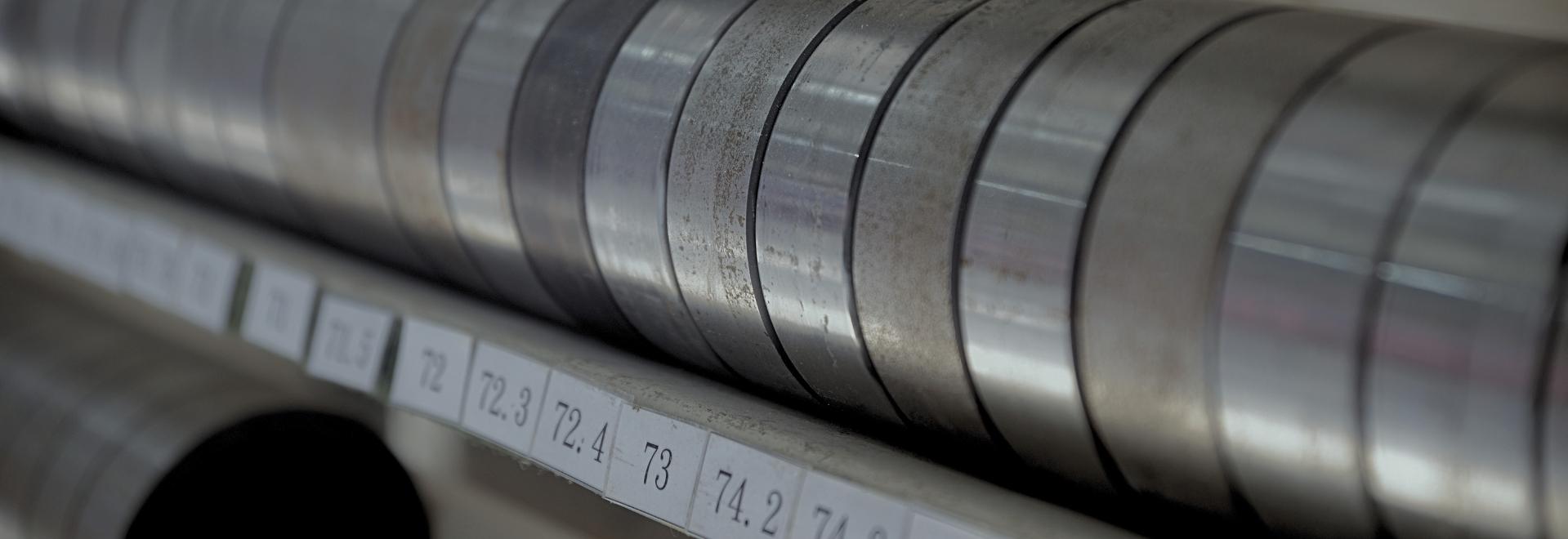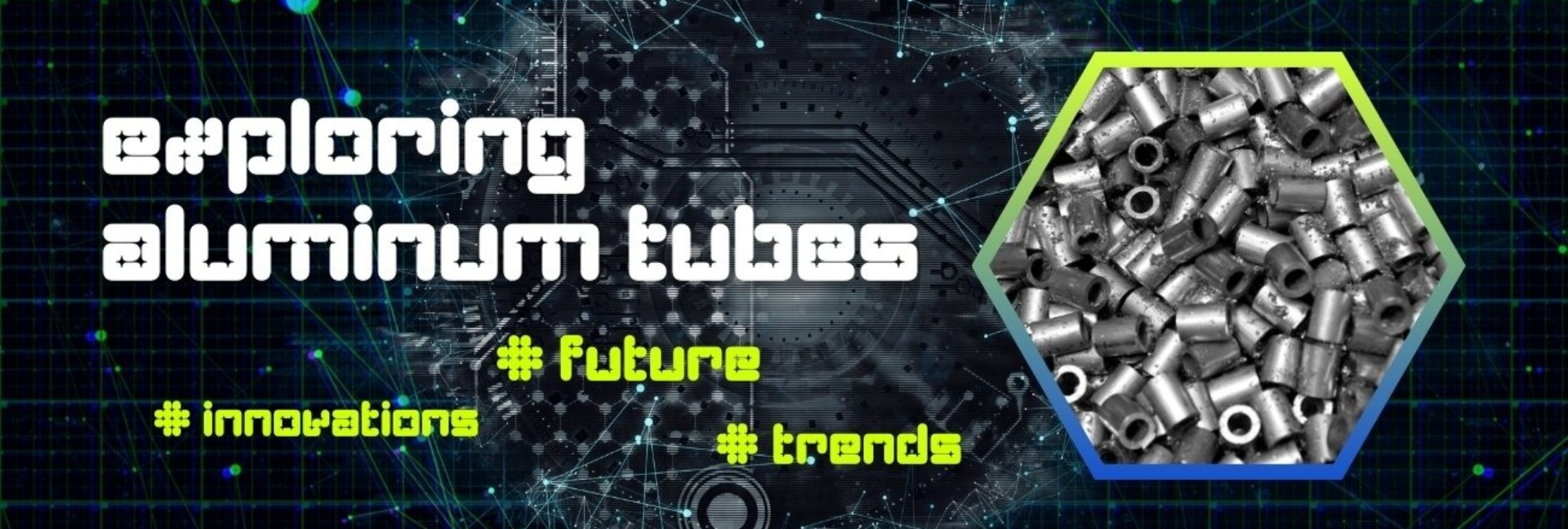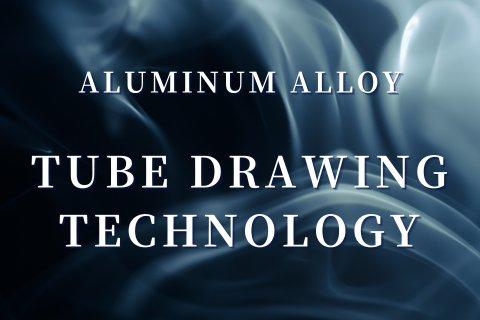In accordance with the personal data protection law implemented by the European Union, we are committed to protecting your personal data and giving you control over it. By clicking "Accept All", you allow us to place cookies to enhance your experience on this website, assist us in analyzing website performance and usage, and enable us to serve related marketing content. You can manage your cookie settings below. Clicking "Confirm" means you agree with the current settings.
Exploring Aluminum Tubes—From Today’s Applications to Tomorrow’s Trends
Table of Contents
- Classification of Aluminum Alloy Tubes
- Seamless Aluminum Tubes
- Welded (Seamed) Aluminum Tubes
- Aluminum Alloy Tubes: Properties & Advantages
- Diverse Uses—From Sports Equipment to Construction
- Comparing Aluminum Alloy Tubes with Other Materials
- Future Trends—Aluminum Alloy Tube Innovation & Development
- Conclusion
Classification of Aluminum Alloy Tubes

<Anvil Industries provides a full supply chain for seamless aluminum tubes>
◎ Seamless Aluminum Tubes
Our seamless aluminum tubes, featuring a joint-free, hollow, lightweight design, are widely used for high-strength components such as bicycle forks and handlebars. Precise manufacturing ensures uniform walls and stable structures, suitable for heavy-load or high-pressure applications.
◎ Welded Aluminum Tubes
Because aluminum and aluminum alloys exhibit high thermal conductivity, large thermal capacity, and low melting points—combined with notable expansion coefficients and reduced high-temperature strength—certain precautions are needed to ensure quality welds. Although welding technology has improved, seamless tubes remain a preferred choice for many applications due to their higher and more uniform strength.
Aluminum tubing can be categorized by cross-sectional shape: round or shaped tubes (including rectangular, oval, octagonal, square, and other custom extrusions). For high-load applications, tubes undergo fatigue and tensile tests to verify durability and tensile strength, ensuring no fractures under simulated conditions. Some may also be tested for hardness, stress, or surface roughness as required.
Aluminum Alloy Tubes: Properties & Advantages
◎ Unique Composition and Physical Characteristics
Aluminum alloys incorporate aluminum and other metals (e.g., copper, zinc, manganese, magnesium), giving them low density and high strength—used extensively in aerospace, automotive, construction, and sports equipment. Excellent thermal and electrical conductivity also make them valuable for electronics and power transmission.
Aluminum alloys are broadly categorized into wrought and cast alloys based on their processing methods:
◆ Wrought Aluminum Alloys
Suitable for rolling, extruding, forging, and stamping, with performance varying by primary alloying element and strength ratings.
1. Non-Heat-Treatable Aluminum Alloys
Encompassing the 1000, 3000, 4000, and 5000 series, these alloys primarily rely on solid solution strengthening, work hardening, and dispersion strengthening to increase their strength. Typically regarded as medium-to-low strength materials, the 5000 series (Al-Mg) stands out for its corrosion resistance, weldability, and good formability, with higher strength than the 3000 (Al-Mn) and 4000 (Al-Si) series—though still under 400 MPa.
Anvil Industries Focus: We mainly provide wrought, heat-treatable aluminum alloys in our product lineup.
2. Heat-Treatable Aluminum Alloys
Covering the 2000, 6000, and 7000 series, these alloys gain strength predominantly through precipitation hardening. Among them, the 7000 series (Al-Zn-Mg or Al-Zn-Mg-Cu) offers the highest strength; for instance, 7055 T7751 can reach 660 MPa. The 2000 series (Al-Cu, Al-Cu-Mg, Al-Cu-Mg-Si) follows closely in strength, while the 6000 series (Al-Mg-Si) is somewhat lower. In particular, 6063 aluminum—famed for its excellent extrudability, ductility, corrosion resistance, and ease of surface treatments (e.g., anodizing)—is one of the most widely used aluminum alloys.
◆ Cast Aluminum Alloys
Divided into general cast (sand casting, permanent mold casting, investment casting) and die casting. According to the Aluminum Association (AA), cast alloys range from 1xx to 9xx series, categorized by added elements (e.g., Al-Si alloys often achieve 300–350 MPa tensile strength). The 2xx (Al-Cu) and 7xx (Al-Zn) series offer relatively higher strength, potentially up to ~400 MPa.
◎ Versatility of Aluminum Alloys
One of aluminum’s greatest benefits is lightweight construction, reducing energy consumption in transportation. Its excellent corrosion resistance endures harsh conditions—perfect for marine infrastructure and chemical equipment. Aluminum also offers notable fatigue resistance and malleability for use in architecture, engineering, and art. Multiple processing methods (extrusion, casting, rolling) accommodate various shapes, and further surface treatments (anodizing, coating, plating) enhance aesthetics and durability. With increasing environmental awareness, aluminum’s role in electric vehicles and renewable-energy equipment is poised for significant growth.
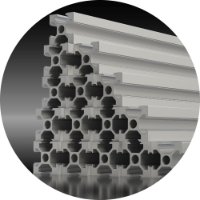
Wrought Aluminum Alloys
Each alloy is identified by a four-digit number, where the first digit indicates the primary alloying element.
Pure
1000 Series
Al-Cu
2000 Series
Al-Mn
3000 Series
Al-Si
4000 Series
Al-Mg
5000 Series
Mg-Si
6000 Series
Al-Zn
7000 Series
Diverse Uses—From Sports Equipment to Construction

<Examples of Aluminum Alloy Tube Applications>
◎ Sports Equipment
◎ Automotive Industry
Aluminum alloy tubes significantly impact lightweighting for improved fuel efficiency and lower emissions. From engine components and frames to wheels, aluminum reduces weight while maintaining performance. Its thermal conductivity also suits radiators and cooling systems.
◎ Modern Construction
In architecture, aluminum’s strength, corrosion resistance, and aesthetic appeal make it a popular choice for structural elements, decorative materials, and window/door frames—delivering robust support with a sleek, modern look.
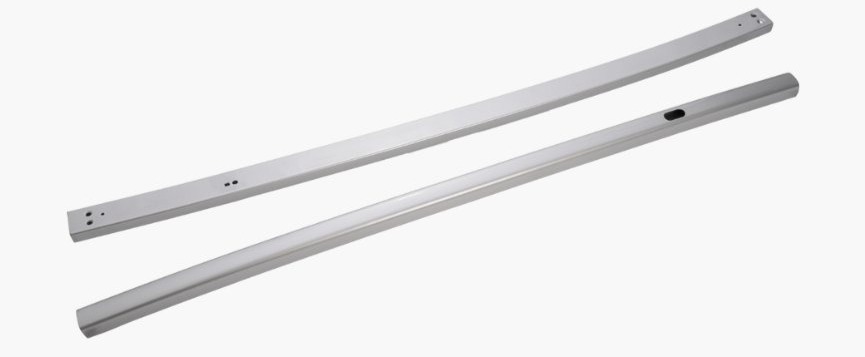
Automotive Roof Racks
Comparing Aluminum Alloy Tubes with Other Materials
◎ Comparing Aluminum Alloys with Other Materials
When comparing aluminum alloys to steel and plastics, aluminum stands out for its lightweight properties and excellent corrosion resistance, offering a clear advantage in many industrial applications. Compared to steel, aluminum is lighter with lower maintenance costs, along with superior thermal and electrical conductivity. On the other hand, while aluminum provides higher strength and rigidity than plastics—making it suitable for heavy-load applications—it may be less cost-effective or more challenging to process than certain plastics.
◎ Advantages and Limitations in Specific Applications
One of aluminum’s most prominent benefits is lightweighting, which is crucial for boosting the energy efficiency of transportation and reducing overall structural mass. This feature makes aluminum alloys indispensable in aerospace, automotive manufacturing, and high-performance sports equipment. Additionally, aluminum’s corrosion resistance enables widespread use in marine, chemical, and construction settings—particularly where long-term environmental exposure is a concern.
Despite these advantages, aluminum does face certain drawbacks. For instance, extreme high temperatures can lower its strength, posing challenges for some applications. Also, while aluminum’s stiffness is generally sufficient for most uses, there are situations—particularly in engineering structures requiring ultra-high rigidity—where harder materials like steel may be more appropriate. Thus, selecting the right material depends on the specific application requirements, balancing aluminum’s advantages against its limitations.
◎ Market Trends and Competitive Dynamics
In the current market, aluminum alloys contend with other materials amid a growing demand for lightweight, eco-friendly solutions. As manufacturing technologies progress, aluminum alloys continue to improve in terms of cost-effectiveness and versatility, especially in sectors that prioritize high performance and environmental sustainability. Consequently, aluminum’s competitiveness is on the rise, reflecting an industry-wide shift toward lighter, greener materials.
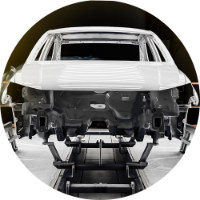
Automotive Material Innovations:
From Steel to Lightweight Alternatives
Challenges for Steel and the Rise of Light Metals and Reinforced Plastics
In many ways, steel usage limits the potential for further lightweighting in the automotive sector.
Plas-
Plastics & Composites
Advantages: Cost-effective, good vibration damping
Disadvantages: Lower strength and heat resistance compared to metals
Applications: Interior, exterior, and functional parts
Steel
Steel
Advantages: Low cost, highly durable
Disadvantages: Heavy, lowers fuel efficiency
Applications: Primary structural components
Magn-
Magnesium Alloys
Advantages: Good dimensional stability, easy to process
Disadvantages: Lower tensile strength and elastic modulus than aluminum
Applications: Die-cast parts (e.g., dashboards, seat frames)
Alum-
Aluminum Alloys
Advantages: Strong impact absorption
Disadvantages: Lower peak strength than steel
Applications: Anti-roll bars, bumpers, wheel rims
Future Trends—Aluminum Alloy Tube Innovation & Development
◎ Technical Directions
Future aluminum alloy research aims at higher strength and lower weight, propelled by advanced microstructure control. Gains in fatigue resistance and corrosion performance will expand aluminum’s reach in extreme industrial environments.
◎ Importance of Continuous Innovation
Progress in manufacturing—be it cost reduction or new alloy development—remains vital. Emerging 3D printing and digital manufacturing further widen aluminum’s applications across automotive, construction, and consumer electronics.
◎ Environmental & Sustainability Impact
The push for lower carbon footprints and a circular economy spotlights aluminum recycling. Efficient recovery processes and easily recyclable alloy compositions will dominate future developments. As demands for green buildings and energy-efficient vehicles rise, aluminum’s role will only grow.
Conclusion
Discover the Unlimited Potential of Aluminum Alloy Tubes—Partner with Anvil Industries to Shape Innovation. Our expert team specializes in designing and manufacturing high-quality aluminum alloy tubing for diverse industries,whether automotive,construction, sports equipment, or other fields. Reach out today, and let’s explore how to elevate your next project to new heights.
相關文章
CNC Tube Bending – Anvil Industries’ Precision Technology for Every Aluminum Curve
Aluminum alloy tubes are lightweight, corrosion-resistant, and versatile. CNC tube bending enables precise, diverse designs. Explore key methods, equipment, and terms, and discover how one-stop services balance quality with cost.
Bicycle Handlebar Manufacturing: Contract, Private Label, & Turnkey Explained – 4 Key Points
Looking for quality bicycle handlebars or starting your own brand? Understanding Contract Manufacturing, Private Label, and Turnkey solutions is essential. This article outlines these models, their processes, and offers tips for choosing the best manufacturing partner.
The Role of Precision Aluminum Tube Drawing in Cycling: Combining High Hardness with Optimal Lightweight Design
Tube drawing is vital in bicycle manufacturing, enhancing lightweight frames and structural strength. Precision aluminum tube drawing fine-tunes wall thickness for optimal performance and durability. This technology ensures frames are strong, flexible, and light—essential for competitive racing.


